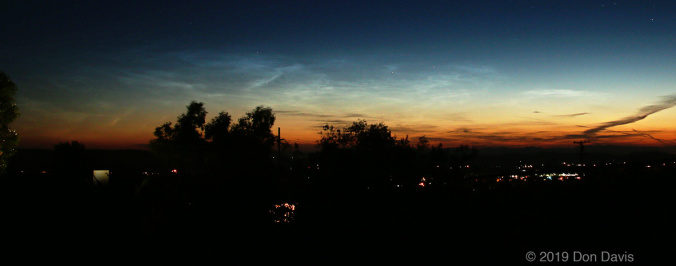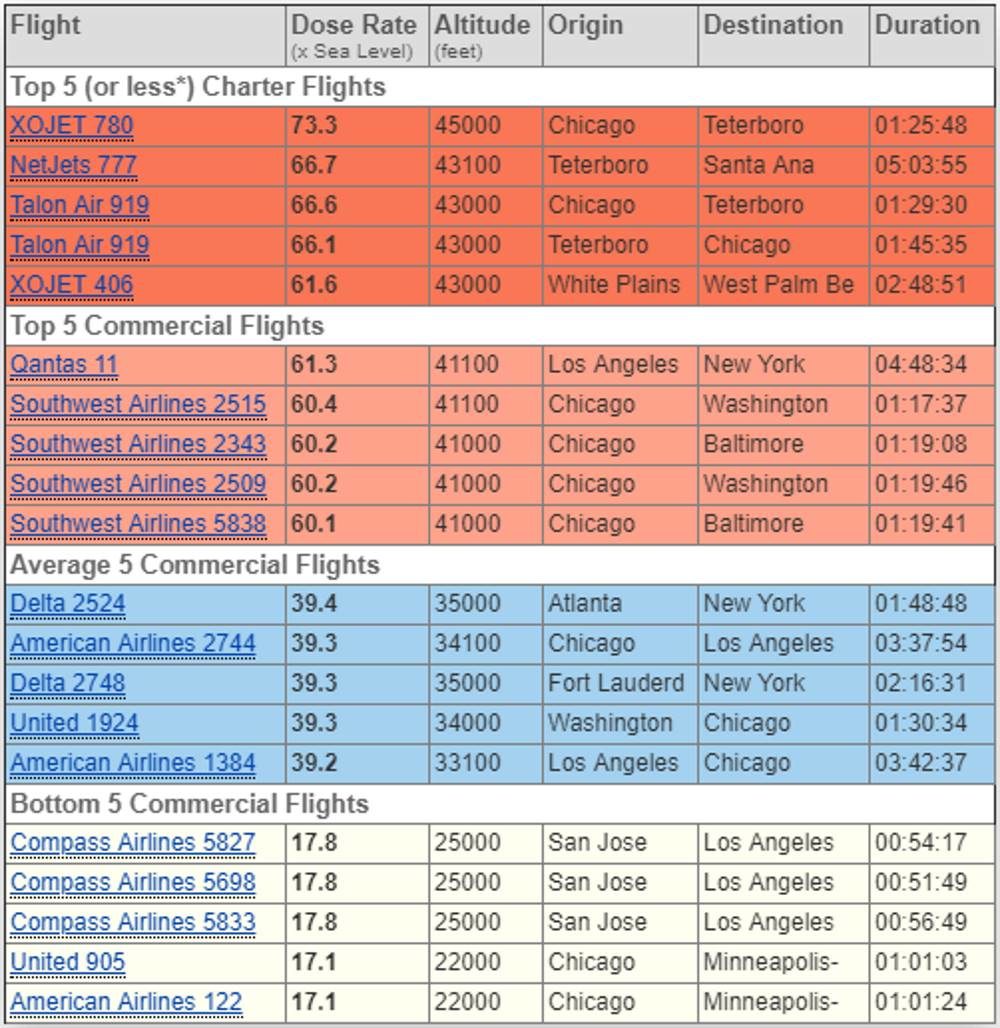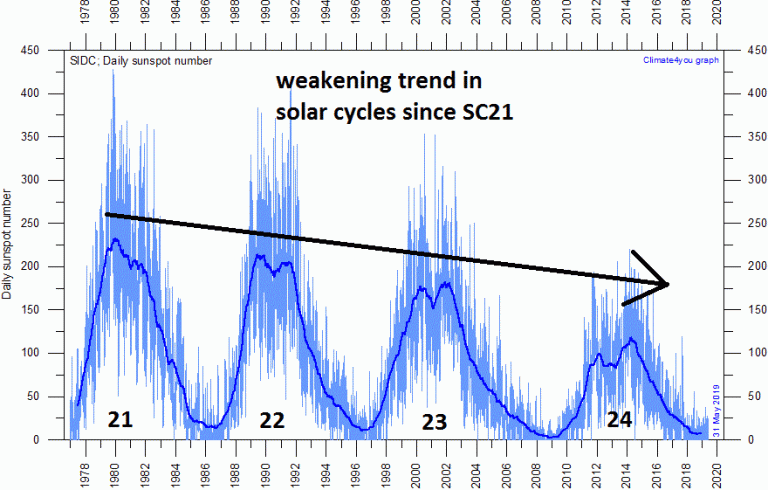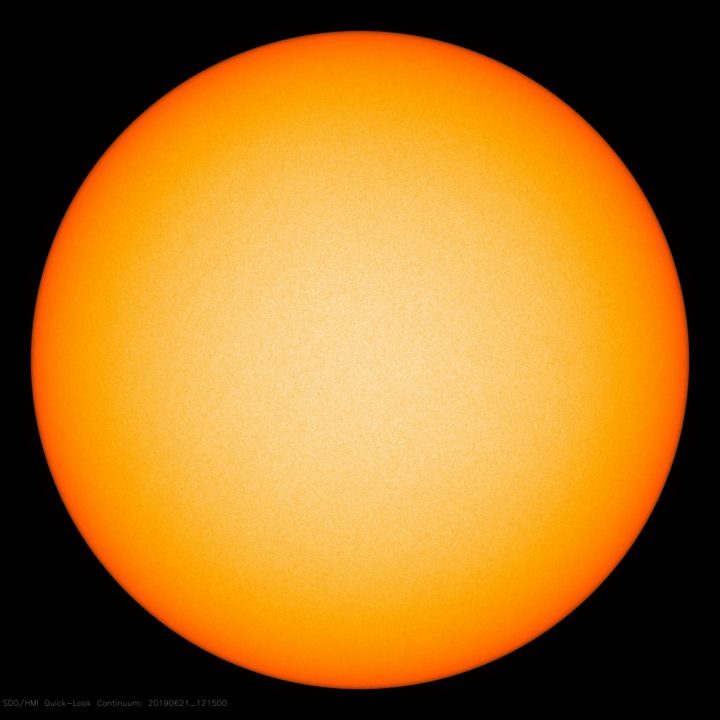Today is the summer solstice in the northern hemisphere. The sun has been without a single observable sunspot now for over a month - 33 days according to NOAA and SIDC data. Spaceweather.com says:
There's been sightings of the electric blue noctilucent clouds as far south as Joshua Tree, near Los Angeles, and many many other locations. But one of the most interesting things is due to the fact that the Sun's magnetic field has weakened, more cosmic rays are now bombarding Earth and some airline flights are seeing doses of radiation up to 73 times that which we'd see at ground level."This is a sign of Solar Minimum, a phase of the solar cycle that brings extra cosmic rays, long-lasting holes in the sun's atmosphere, and a possible surplus of noctilucent clouds. "

Spaceweather.com is monitoring passenger flights:
Here is a table of recent "hot flights" arranged by radiation dosage level:We are constantly flying radiation sensors onboard airplanes over the US and and around the world, so far collecting more than 22,000 gps-tagged radiation measurements. Using this unique dataset, we can predict the dosage on any flight over the USA with an error no worse than 15%.
E-RAD lets us do something new: Every day we monitor approximately 1400 flights criss-crossing the 10 busiest routes in the continental USA. Typically, this includes more than 80,000 passengers per day. E-RAD calculates the radiation exposure for every single flight.
The Hot Flights Table is a daily summary of these calculations. It shows the 5 charter flights with the highest dose rates; the 5 commercial flights with the highest dose rates; 5 commercial flights with near-average dose rates; and the 5 commercial flights with the lowest dose rates. Passengers typically experience dose rates that are 20 to 70 times higher than natural radiation at sea level.

Meanwhile, the sun seems to be in a deep slumber, PerspectaWeather reports:
The sun continues to be very quiet and it has been without sunspots this year 62% of the time as we approach what is likely to be one of the deepest solar minimums in a long, long time. In fact, all indications are that the upcoming solar minimum may be even quieter than the last one which was the deepest in nearly a century.

Full story by Paul Dorien here




Comment: